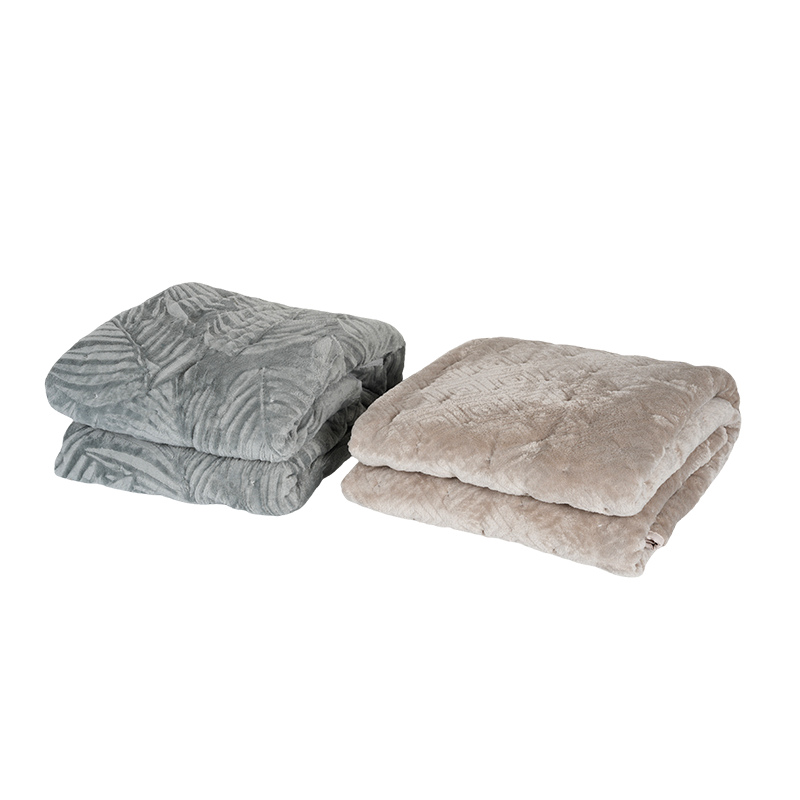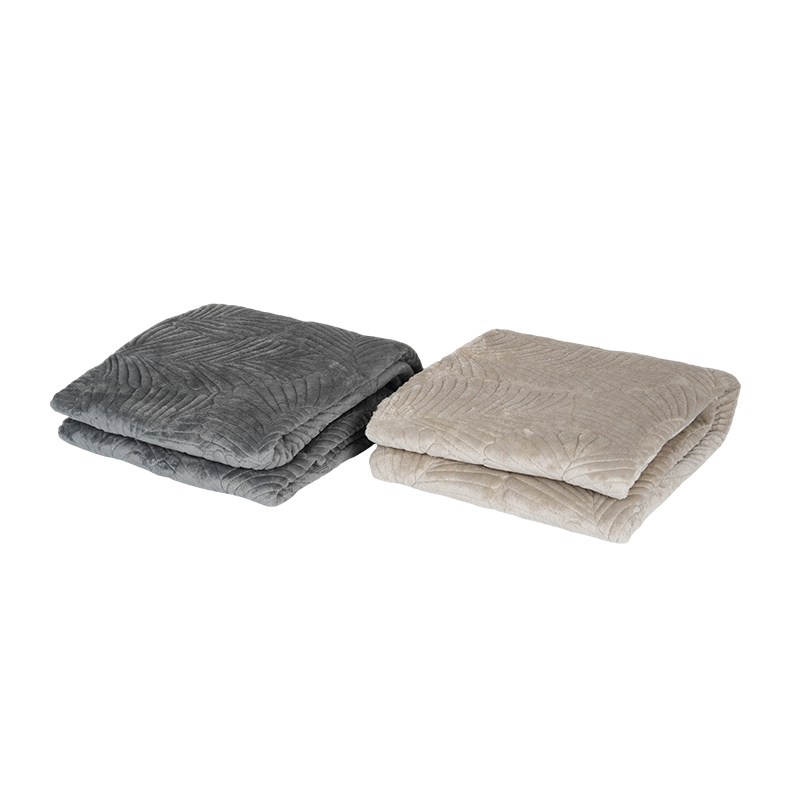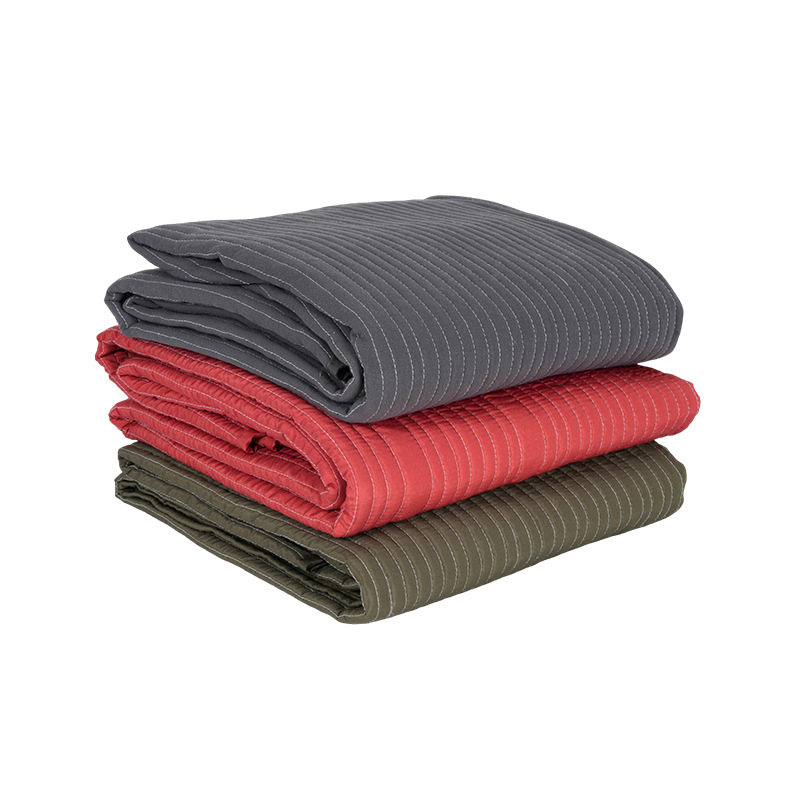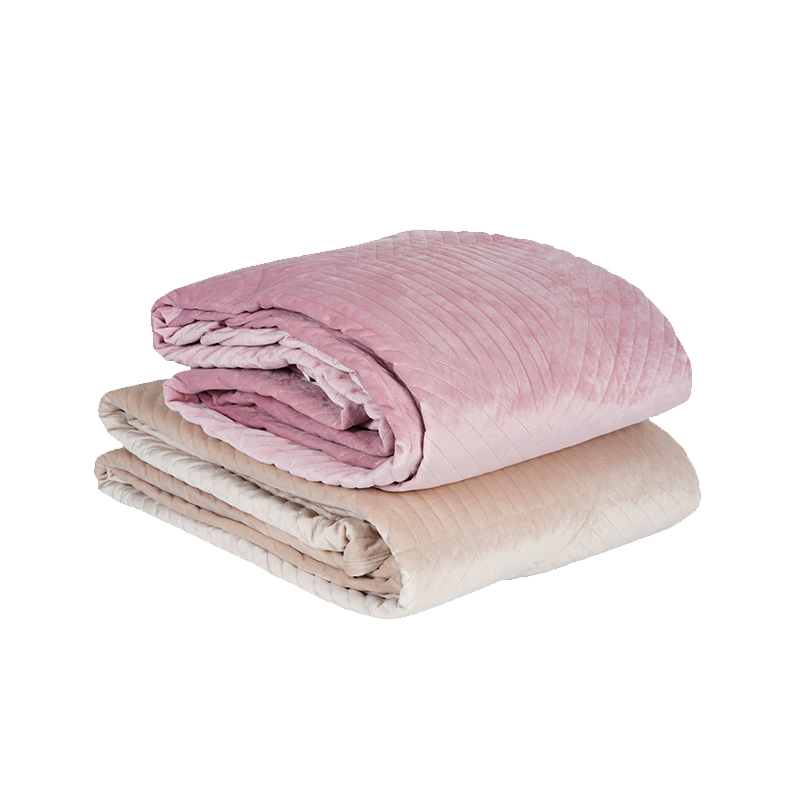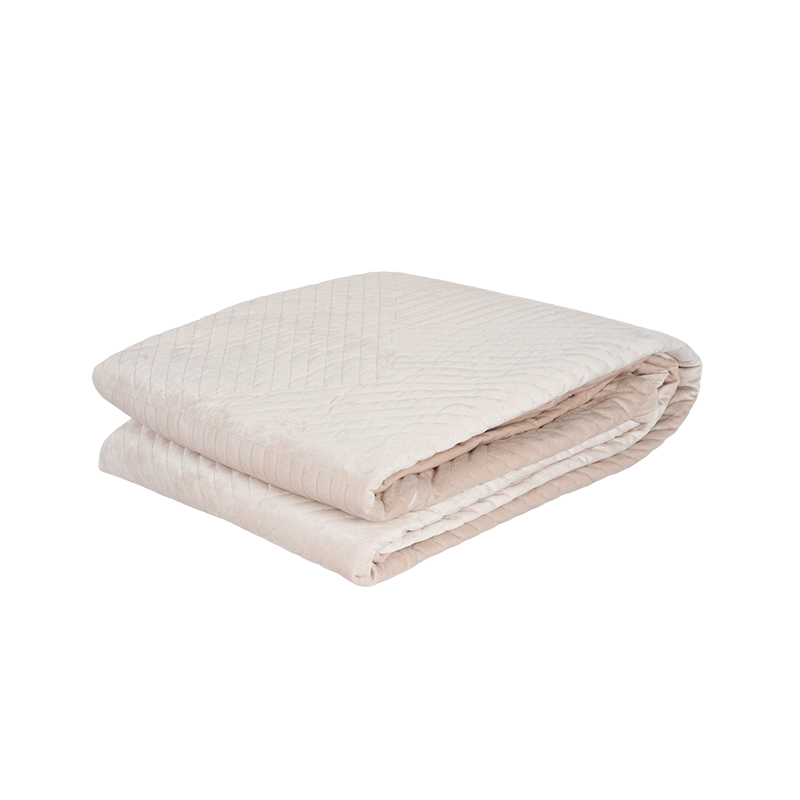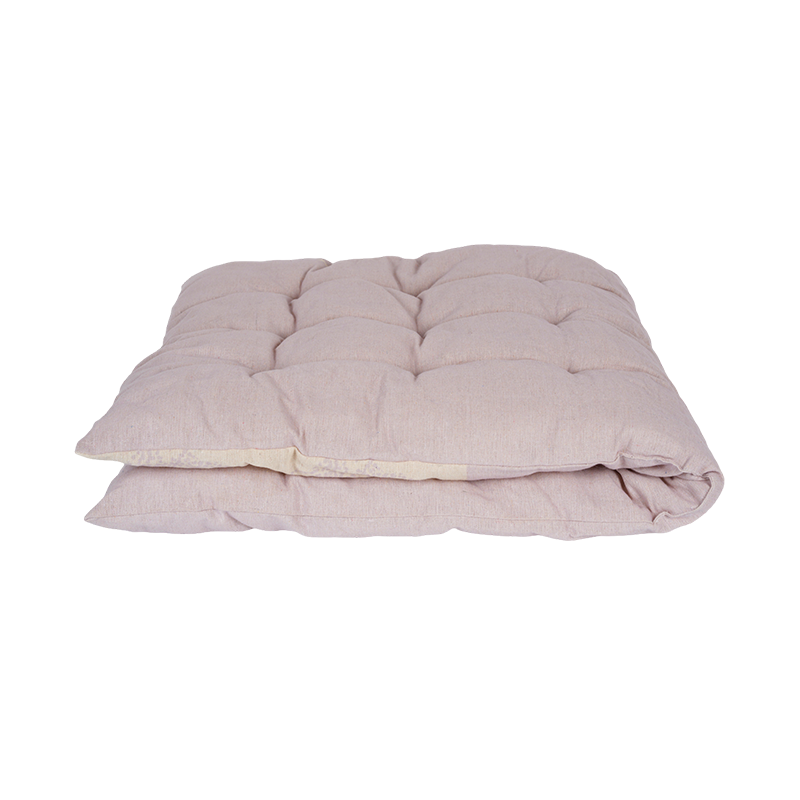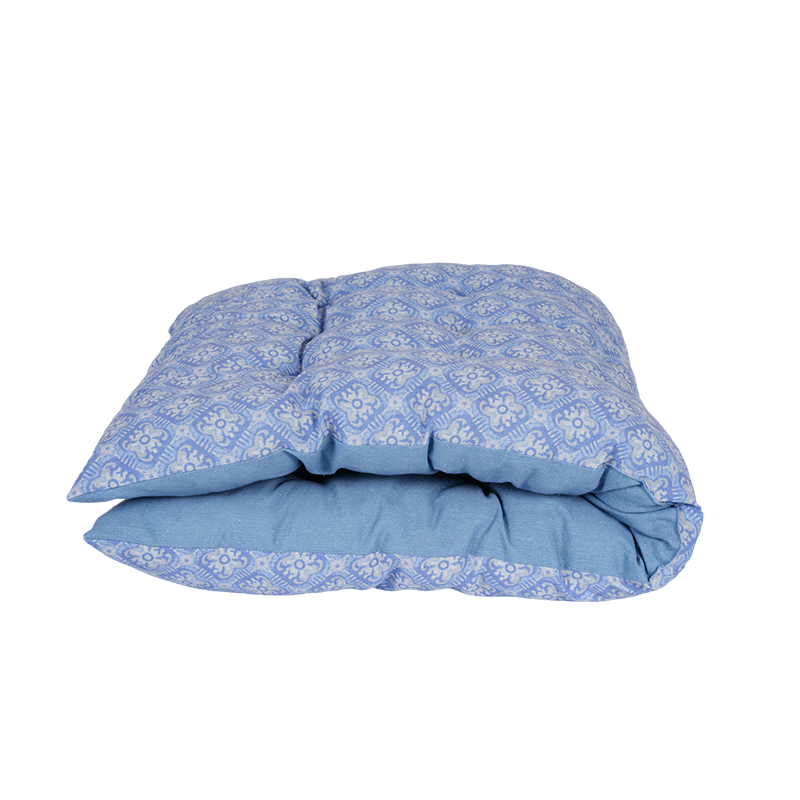- Type:
- Industry News
- Date
- 2025-Jun-09
Technological Changes in the Manufacture of Beige Outdoor Furniture Pillows
Cream colored throw pillows have long been a staple of interior design due to their flexibility and timeless appearance. While their soft, off-white tone may appear simple, the design story of these pillows reflects broader shifts in style, material use, and consumer preferences.
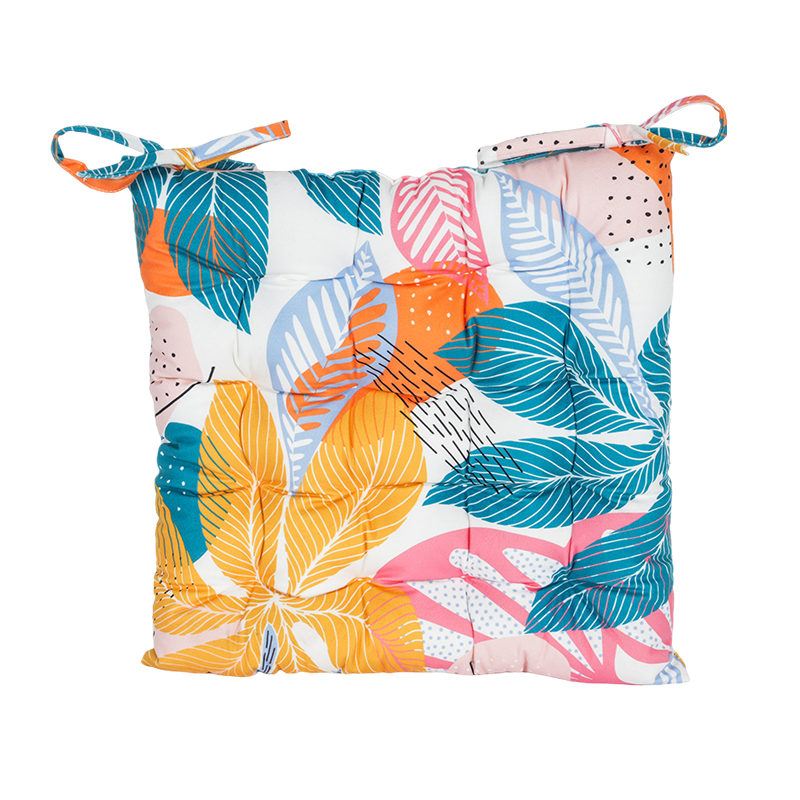
In earlier decades, cream throw pillows were often seen in formal living rooms or traditional-style homes. Typically made with natural materials such as cotton or linen and filled with down, these pillows offered subtle elegance but limited functionality. Their appeal rested on neutrality—they didn't clash with bolder elements in the room, allowing them to quietly support other decorative choices.
Over time, as minimalism and Scandinavian design gained popularity, cream-colored throw pillows found a renewed place in modern interiors. No longer confined to formal use, they began appearing in relaxed, layered settings—on sectionals, armchairs, and even on beds—as key components of warm, neutral color palettes. Textural variety also increased, with designers embracing knits, tufting, embroidery, and boucle to add depth while maintaining the restrained tone.
More recently, the evolution of cream throw pillows has focused on ease of care and sustainability. Many are now produced with removable, machine-washable covers or eco-conscious fabrics made from recycled materials. While the aesthetic of cream remains constant, the functionality has quietly improved, aligning with the needs of a more practical and environmentally aware consumer base.
Outdoor living has become an essential part of modern home design, with patios, balconies, and gardens functioning as extensions of the home. This shift has pushed manufacturers to reimagine products for durability and comfort—beige outdoor furniture pillows being a prime example. What once may have been simple foam inserts wrapped in water-resistant fabric has now evolved into high-performance, design-forward cushions, thanks in large part to technological advancements.
Traditionally, outdoor pillows struggled with fading, mold, and moisture damage. Beige, while visually pleasing and neutral, often showed signs of aging more quickly when exposed to sunlight and weather. Early manufacturing methods relied on basic polyester covers and dense but rigid fillings, which provided some resistance to the elements but lacked longevity and comfort.
Recent improvements in textile engineering have transformed the quality and function of outdoor pillows. One major development is the use of solution-dyed acrylic and olefin fabrics, which are specifically engineered for outdoor environments. These materials resist UV rays, moisture, and mildew more effectively than earlier generations of synthetic textiles. Importantly, they maintain color integrity over time, allowing beige outdoor pillows to remain fresh-looking even after prolonged sun exposure.
In terms of filling, manufacturers have introduced quick-dry foam and ventilated core designs. These materials allow water to pass through more rapidly and dry faster than traditional foam, reducing the risk of mold buildup. In humid or rainy climates, this innovation significantly extends the usability of outdoor cushions.
Furthermore, modern production often incorporates seamless stitching or ultrasonic welding, which reduces points of water entry and improves structural integrity. These techniques make today's beige outdoor furniture pillows more resilient and suitable for frequent use without appearing bulky or overly technical.


 English
English
 English
English Español
Español